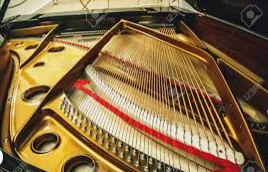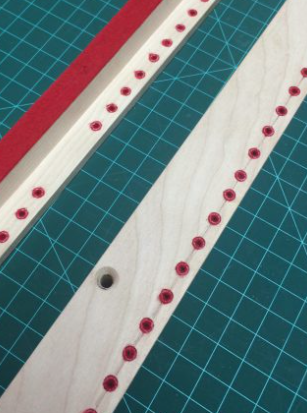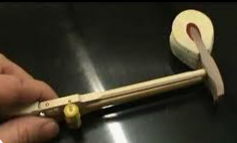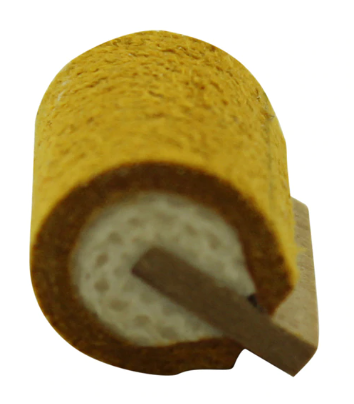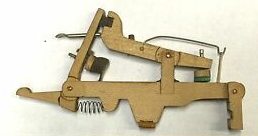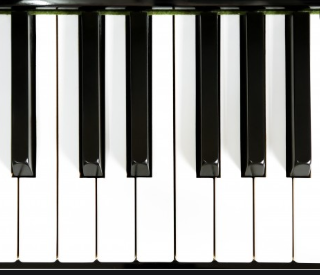What is in your piano? What are the things that are making the sound?
The Piano is a piece of Art, an Engineered Art, made solely for making sound. Under the fingers of pianists, Music is born! Let’s take a look what’s under the hood!
The exploded view of a Grand Piano shows the Frame, Soundboard, Strings, Action, Pedals, Case, Pin Block, Bridge.


How do you play a piano? Basically, you need to use a hammer to create sound. BUT WAIT!!!! Before you get any wild ideas and get a hammer, take a look at the picture below.
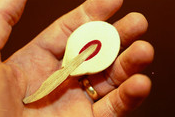
This is the Hammer. It is a felted mallet which is driven to hit the strings by the piano action to producing sound. Piano hammers have a spring like action due to two tension and compression forces. Highly compressed felt is formed around a wood core under high pressure to make piano hammers.
Showing an illustration of the Grand Piano keyboard action construction. The Action module consists of 57 parts, interlinked to allow the Hammer to strike the Piano strings when the pianist presses the keys. When the Key is pressed, the Hammer moves towards the strings, transferring kinetic energy into strings in approximately 2 milliseconds of contact time. The strings vibrates mechanically (structural borne noise) converting into acoustic energy (airborne noise).

It is hard to visualize the mechanical action, luckily, someone already created a simulation so we may all understand the mechanics.
Now that we know the key movements, the next part emphasize on the sound quality produced with and without the pedals
The ingenuity and hard-work of engineers who makes the Grand Piano into a piece of art for Pianists throughout the world and ages. Upon playing on one such pianos, you will understand why it is call a Grand Piano!!
